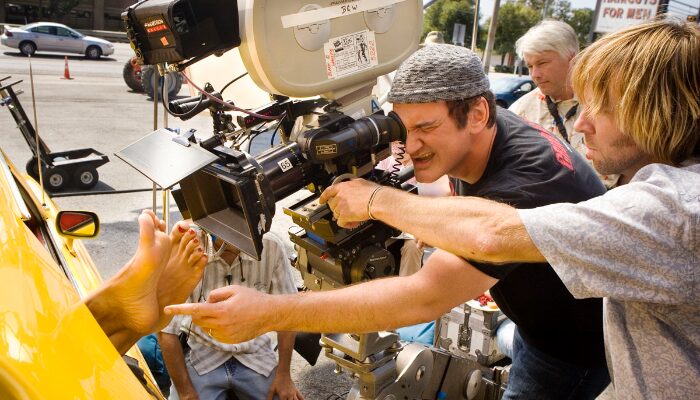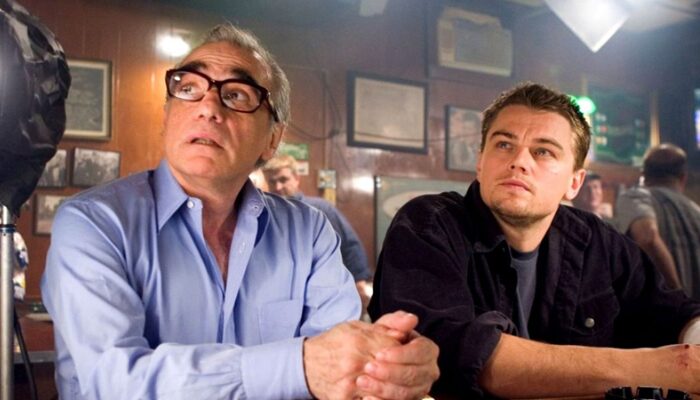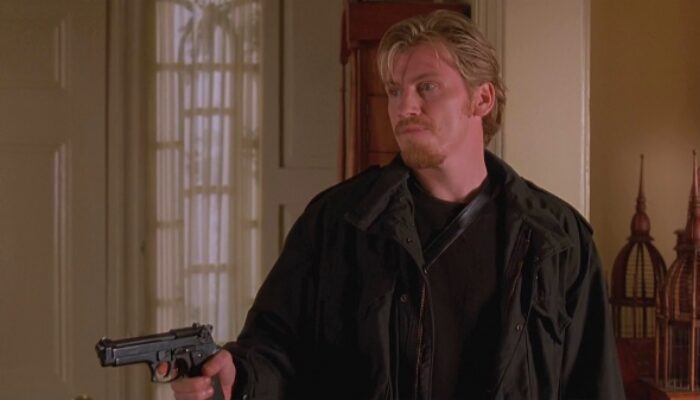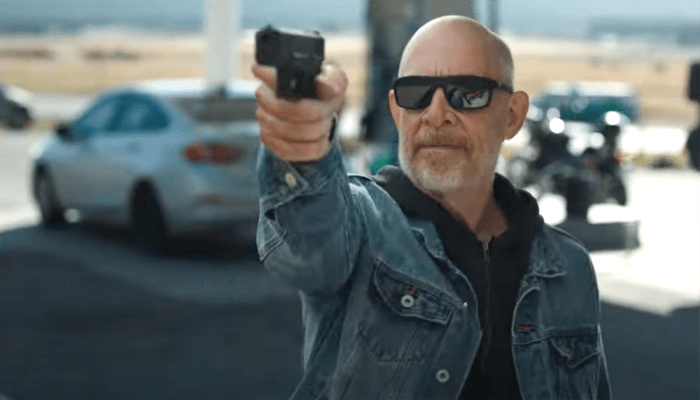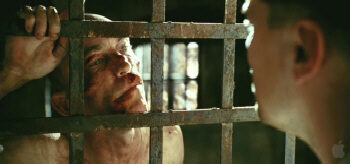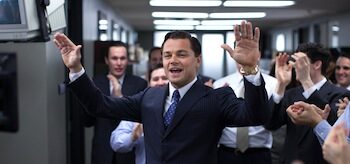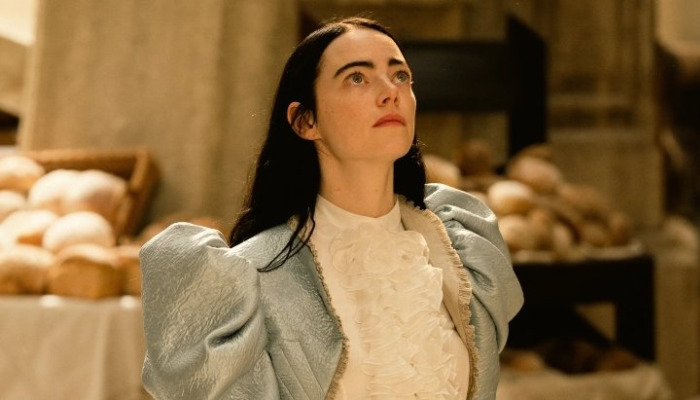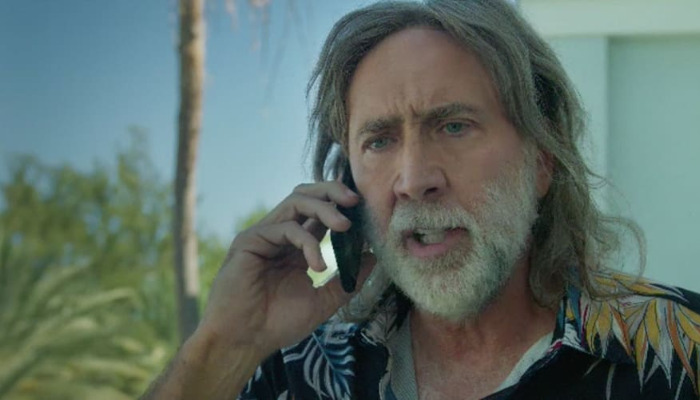Film Review: Shutter Island
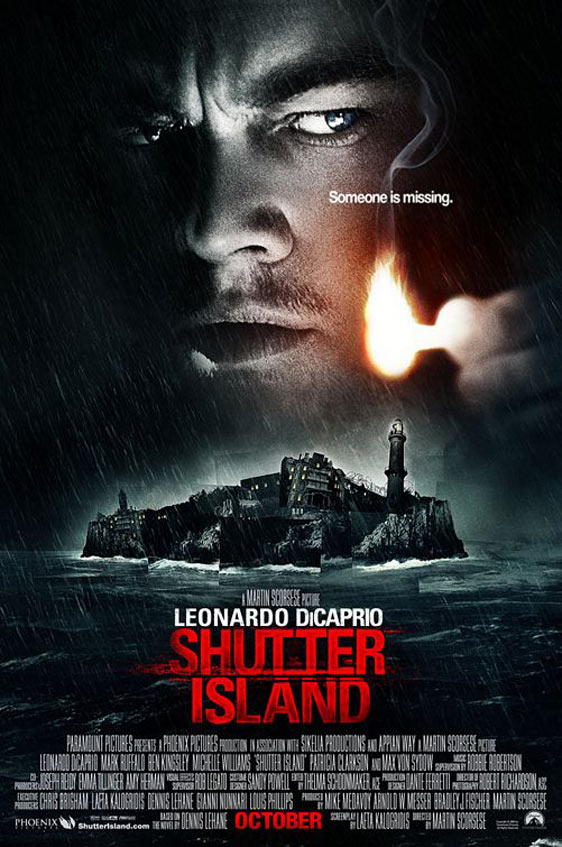
What follows are spoilers.
The greatest asset to Shutter Island is its last twenty-five minutes, its grand reveal. All the pieces fall into place, especially upon multiple viewings.
Some of the pieces stretch the imagination but this may be because of the medium they are presented on. I am sure five minute lasting “torch” matches (during the Ward C scenes), unnecessarily long dream sequences, walking around in a near hurricane, taking notes and letting others read those notes in the rain all were not present or made more sense in the book of the same name it was based upon.
At the end of the film, the viewer finds out that U.S. Marshal Edward “Teddy” Daniels (Leonardo DiCaprio) is in fact Andrew Laddis and is the most violent patient in Ashcliffe Hosiptal. What was interesting about U.S. Marshal Daniels’ character was that from the beginning, his cop instincts and intelligence were at all times accessible to him, even through his psychosis. As it turns out, they are part of his psychosis.
Moving backward to the beginning of the film, the Mess Hall interview sequences are two of the most memorable scenes in Shutter Island. The two patients interviewed were so vastly differently, yet each was acted extremely convincingly. How Teddy is slowly incensed by Peter Breene (Christopher Denham)’s stories of his mutilation offenses and then using the information in Breene’s file (I assume. How else would he know to rub his pencil like that and what reaction it would elicit) was wonderful to watch. That irritation was brought out in a very authentic way.
Ms. Bridget Kearns (Robin Bartlett) “normal” psychotic – an axe murderer – dropping her crime on the interview table as if an inconsequential loaf of newly bought bread, was smile inducing. All this time behind bars and she so nonchalant about her crime, though she did say her former husband beat her and that she hears voices. Kearns must have been married young and locked up for a long time (probably delved into in the book) because many of the new inventions in the marketplace during tthe time period of the story she has never seen, only heard about second or third-hand. I loved when U.S. Marshal Daniels asked her about Laddis, the fear that crept into her eyes. It was three fold: 1.) She knew that who she was staring at was Laddis and 2.) she knew what might happen to her if she called him that. A male prisoner, George Noyce (Jackie Earle Haley), had found that out two weeks ago. 3.) She was part of the deception to make U.S. Marshal Daniels face and except his true identity of Andrew Laddis. It was a excellent scene that could be construed in a completely different way if the viewer were ignorant of the ending of the film.
The George Noyce scene is one of the best in the film within the context of the film’s eventual reveal. Its brings past elements, elements not in play during the film, into view. The viewer learns about past group therapy sessions and that Noyes knows all about the woman in Laddis’s head and how she is effecting him.
U.S. Marshal Daniels’ own fractured psyche is constantly trying to help him realize the truth. His wife in his dreams tells him to let her go – the guilt – as does George Noyce, the man he severely beat and almost killed with his bare hands. Noyce is now deformed with facial bruises from Laddis yet still feels sorry for him, illuminating the true gravity of Laddis’ situation.
Seeing U.S. Marshal Daniels’ intelligence on display also made Shutter Island less grating than it could have been. When U.S. Marshal Daniels deduced that Dr. Jeremiah Naehring (Max Van Sydow)’s origin was Germany and later instantly added 24 and 42 together for 66, receiving from Dr. John Cawley (Ben Kingley)’s an almost prideful look – with bravo in his eyes – before being re-questioned about the meaning of 67, were all well-written examples of how mentality quick Edward Daniels/Andrew Laddis really was. This is also one of the reasons why he could never be allowed access to staff records, no matter how angry he got at the refusals. They and the viewer already saw what he did (and could do) with the file information concerning Peter Breene. Imagine how he could manipulate the staff with their information.
The war flashbacks were good but one mistake though: Andrew Laddis’ boots have no dirt on them. They look brand new. How is this possible with all the mud and snow on the ground throughout the concentration camp? This is extreme nitpicking but God is in the details.
The slight Brooklyn accents some of the cast speak in were just right, not over done at all.
Robbie Richarsdson’s musical score for the film was top notch. Very powerful, driving home implications when they need to be.
The green screen driving scenes were unnecessary. Why not shot them for real? Would it be that hard? The conversation between the warden (Ted Levine) and U.S. Marshal Daniels seemed more like a DVD deleted scene because of the green screen even though what was said is important to both of their personalities and the true situation with Laddis.
The most remarkable part of Shutter Island’s ending, besides the way it was shot, was Andrew Laddis’ final decision. When his true self is put back into the driver’s seat of his mind, he chooses to be lobotomized rather than to risk another relapse and being crazy again. He even slyly lets his primary psychiatrist Dr. Lester Sheehan / U.S. Marshal Chuck Aule (Mark Ruffalo) know of his choice. Ben Kingley’s face as Laddis walks off to be lobotomized is fantastic face acting. There are tears welling up in his eyes.
Once we reach that sad, thought-provoking ending, there lingers a question at the beginning of Shutter Island. Where were U.S. Marshal Daniels and U.S. Marshal Aule coming from? Why does U.S. Marshal Daniels have no memory of it and how could they let someone as dangerous as Andrew Laddis off the island, even with his primary psychiatrist in tow? I’m guessing they knocked him out with a tranquizer and/or that its explained in book to some degree, hopefully. If not, that’s a big hole in the plot. Huge.
Martin Scorsese’s Shutter Island is flawed, over-stretched, and indulgent – like sections of Peter Jackson’s King Kong – but the intelligent parts at the end of the third act make them worth it. There are not many films these days that make you go back and examine what you have seen previously, where you are rewarded for doing so, and where things fall into place. There are no big explosions at the end of Shutter Island (well, technically there is one but you get my figurative point), just words and their implications for the film’s protagonist / antagonist.
Rating: 7.5/10
Related Articles
FilmBook's Newsletter
Subscribe to FilmBook’s Daily Newsletter for the latest news!

